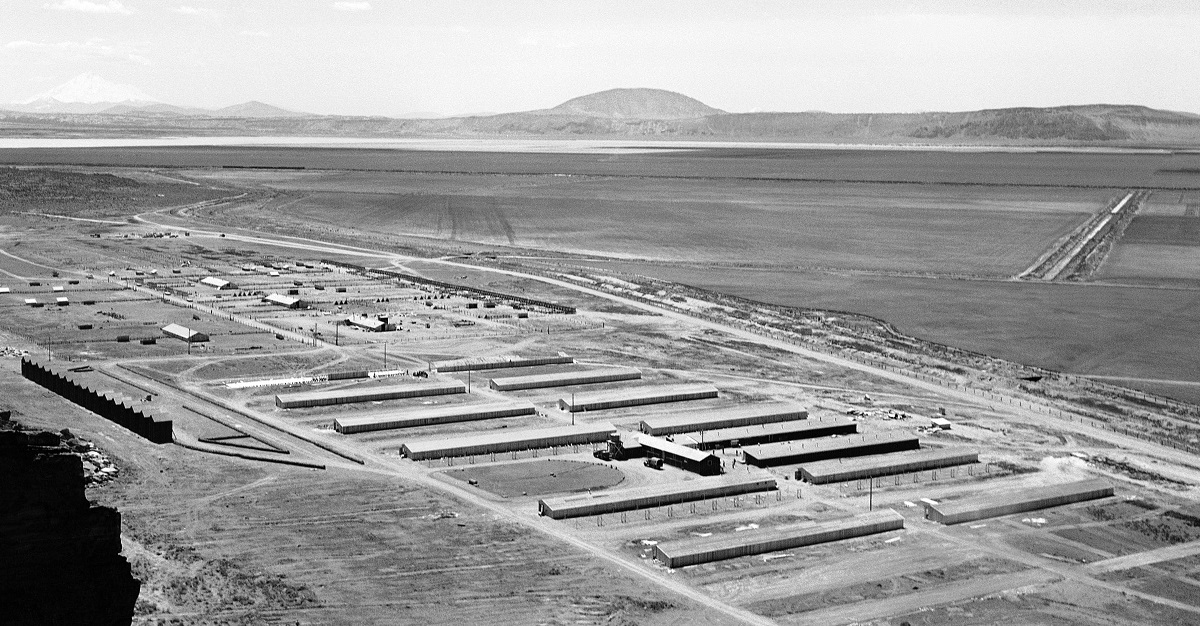Many diverse ethnic groups have grown in various neighborhoods to create their own communities. But have you ever wondered where the Chicago Japanese community lives?
Videos by Rare
That is the question poised by the latest Curious City on WBEZ.
In Chicago, many Asian communities have developed and thrive all around. Uptown has embraced the Little Saigon moniker, Devon Ave. is home to Indian, Pakistani and other South Asian ethnic groups and Chicago’s Chinatown is the only neighborhood of its kind still growing in the United States.
RELATED: Check out these photos of Chicago in the 50s and 60s by Japanese photographer Yasuhiro Ishimoto
Considering the vast influence of Japanese culture across the world, why isn’t there a Japanese neighborhood in Chicago?
Curious City doesn’t bury the lede: “Japanese-Americans didn’t end up in Chicago of their own accord: The U.S. government forcibly resettled 20,000 of them to the city from World War II incarceration camps. And, as part of that effort, the government pressured them to shed their Japanese identities and assimilate into white society.”
The resettlement campaign consciously spread out Japanese-Americans across the city. This was explicitly meant to break up large communities of Japanese-Americans under the guise of American safety.
By the 1970s, most of the Japanese-American community was on the North Side, specifically in the Lakeview neighborhood, despite the government’s attempts to deter congregation.
Being a less organic form of community-development offered less opportunity to practice their cultural norms and eschew Japanese identity in favor of an American one.
Curious City spoke with people of Japanese descent who described growing up in the area at the time and the pressure to assimilate. Their piece is fantastically presented with interactive maps and pictures from the era.
Today, the majority of Japanese-Americans in the area live in the suburbs, a testament to the government’s plan to assimilate and disperse the community. But as one of the interviewees attests, this came at the price of renouncing cultural practices and identity that future generations won’t have as much opportunity to learn about.
Given the increased racial tensions across the country, one doesn’t have to look too far back into history to see what is lost when fear and racism rule societal norms and public policy. In a nation built on immigration, more is lost when ethnic enclaves are displaced and disappeared from a city’s cultural fabric.
For more information on Japanese culture in Chicago, the Japanese Cultural Center is located in Lakeview at 1016 W Belmont.



